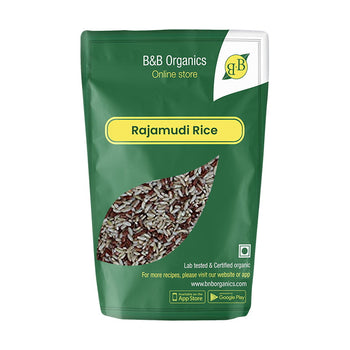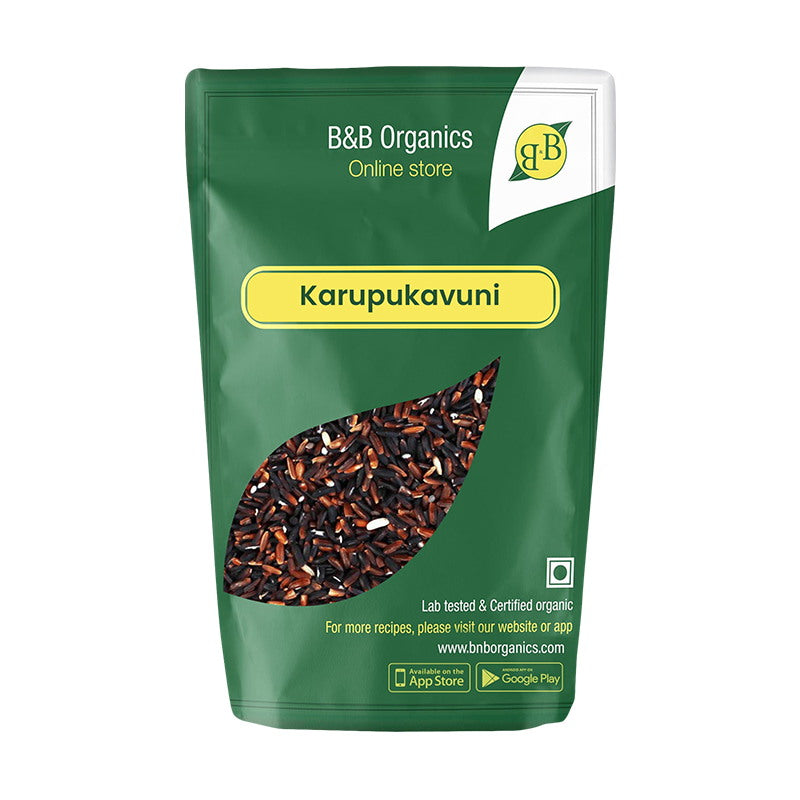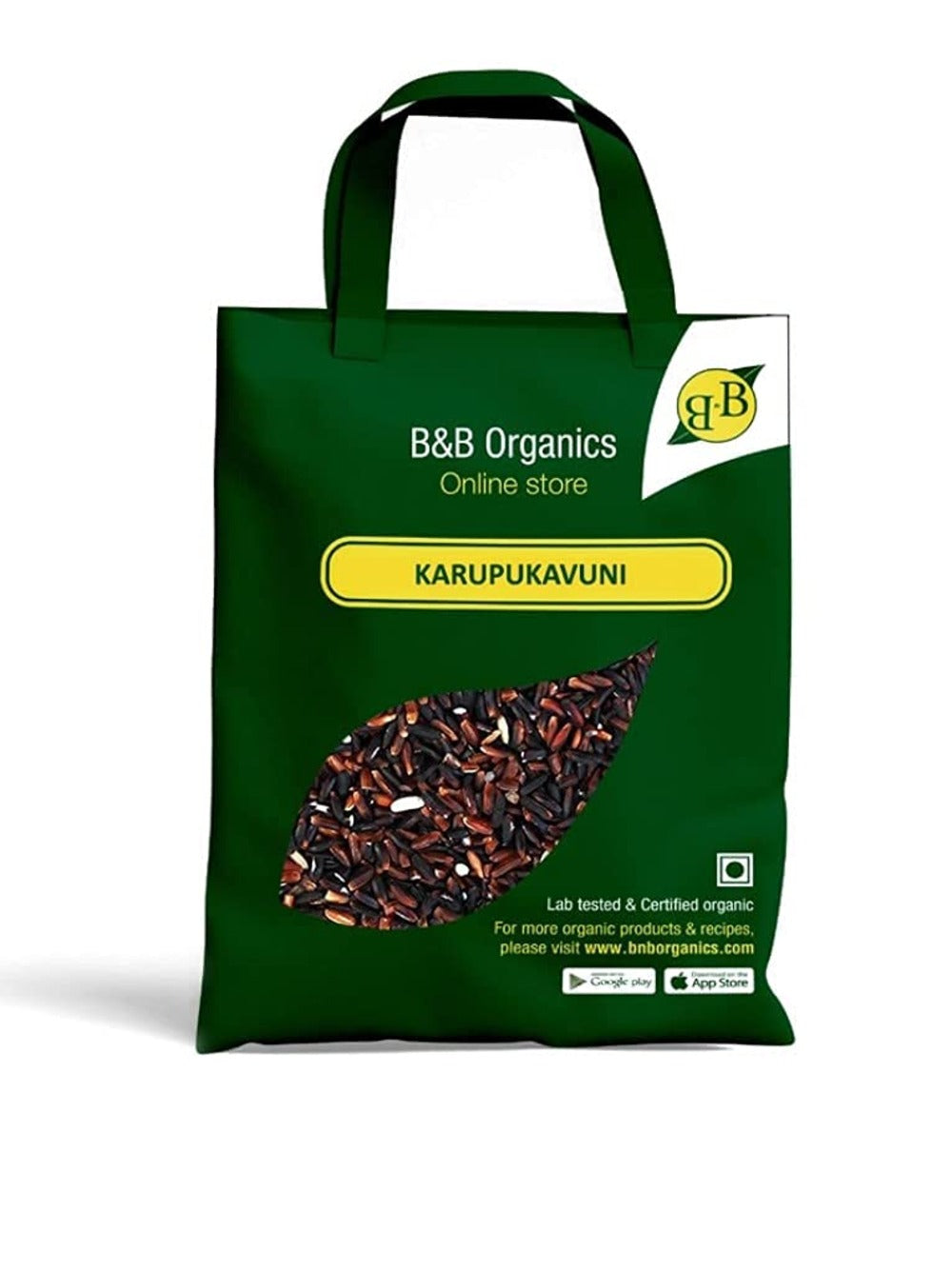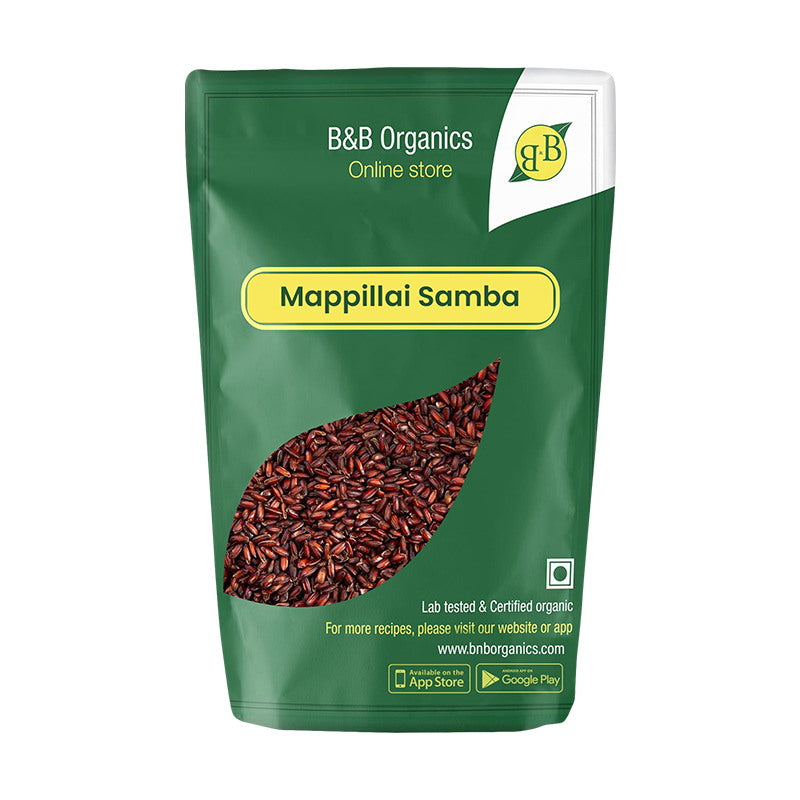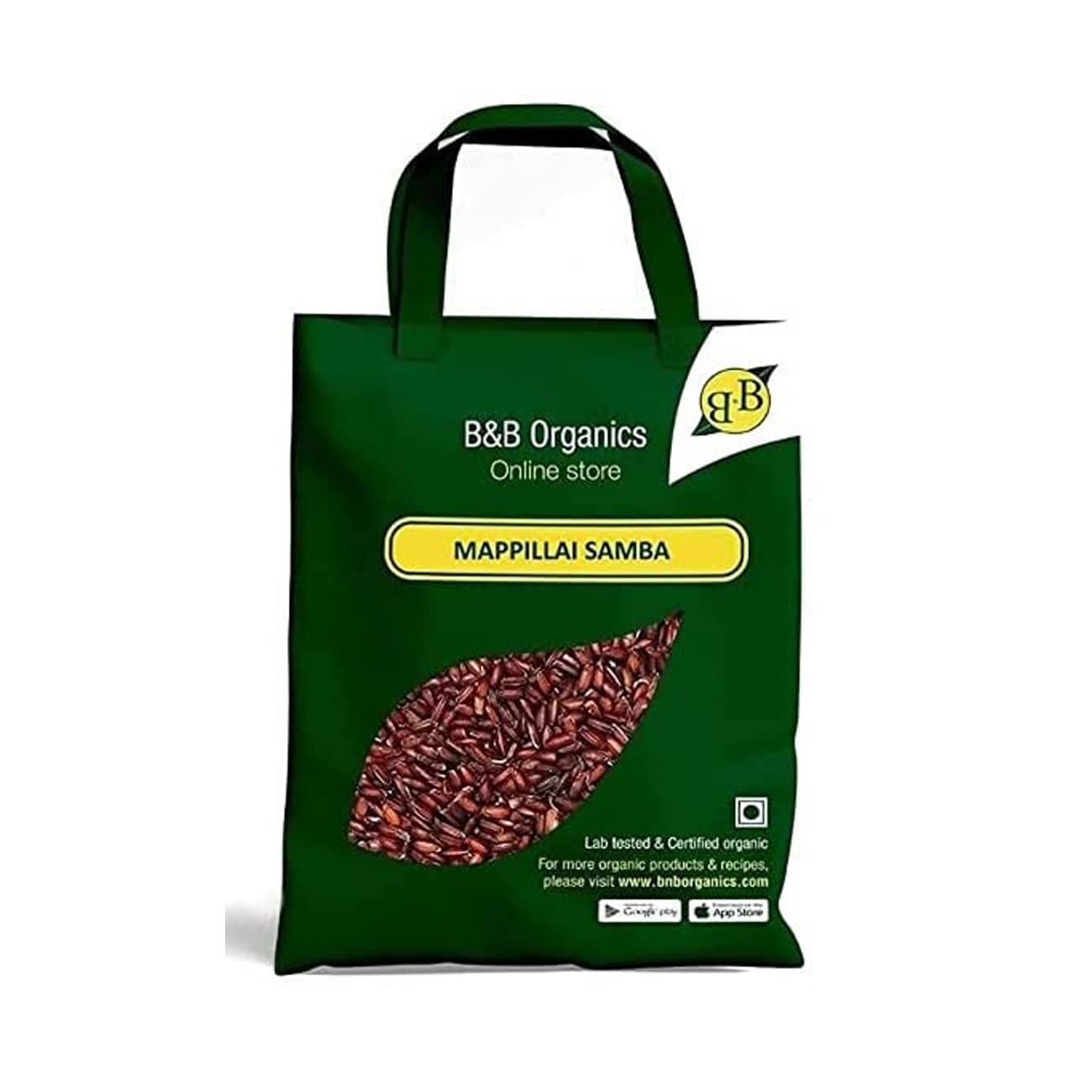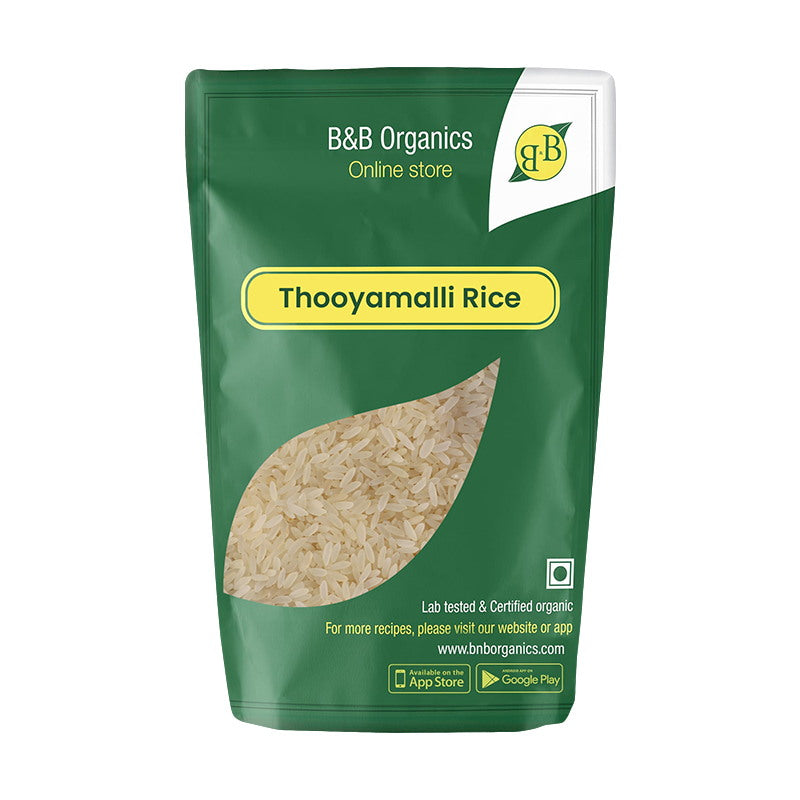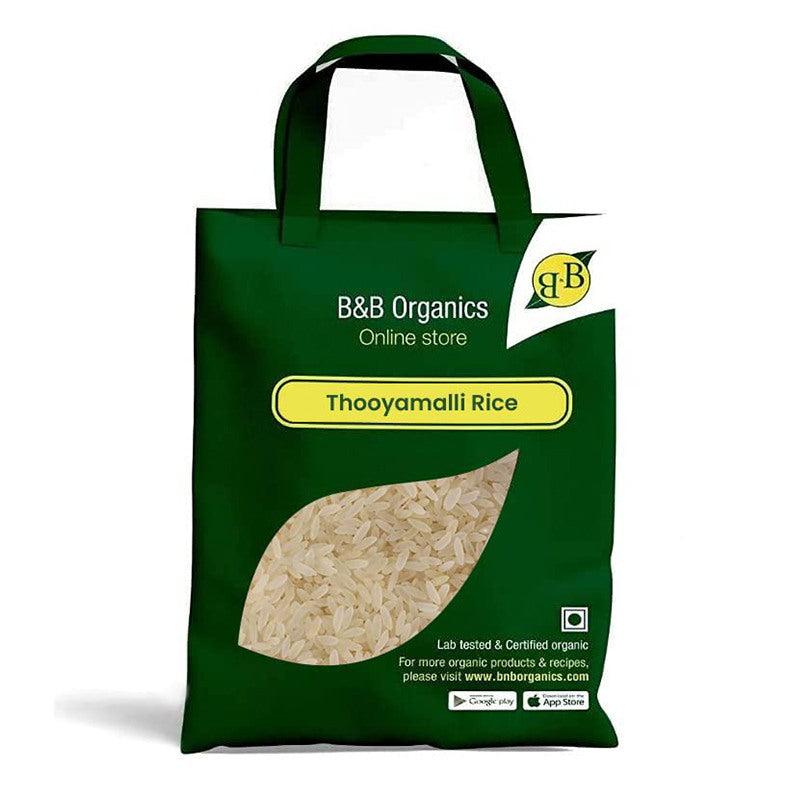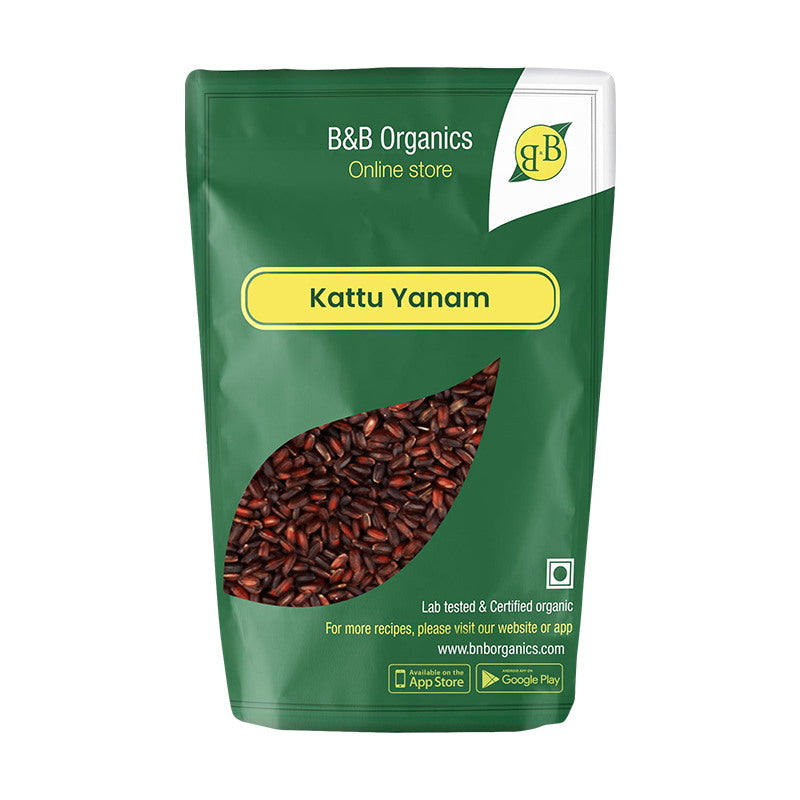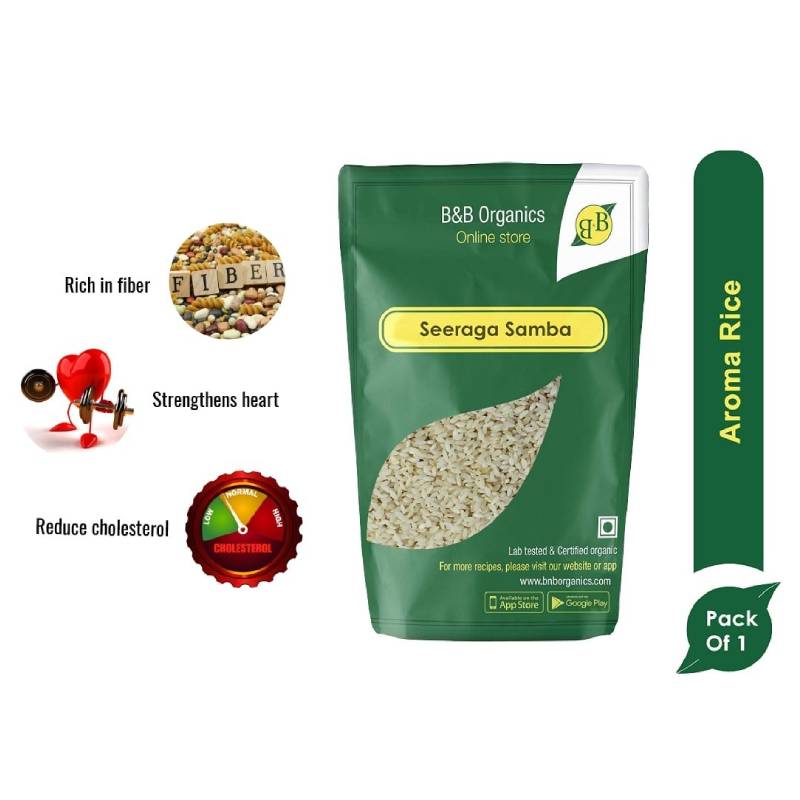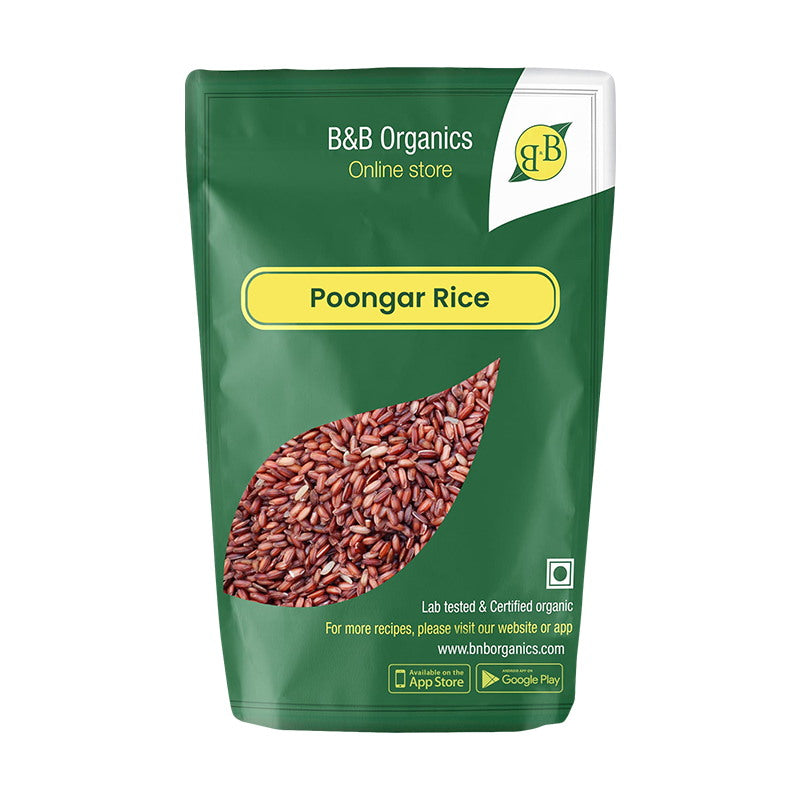Rajamudi Rice, known for its unique aroma and nutritional properties, is grown using specific farming techniques that contribute to its quality and flavor. Let's explore some of the different farming techniques used to cultivate Rajamudi Rice.
Organic Farming:
Many farmers choose to cultivate Rajamudi Rice using organic farming methods. This approach emphasizes the use of natural fertilizers, compost, and organic pest control methods. Organic farming practices help maintain the soil's fertility, minimize chemical residue in the rice grains, and promote a healthier ecosystem.
System of Rice Intensification (SRI):
SRI is a sustainable farming technique that focuses on improving rice production while using fewer resources. It involves specific practices such as transplanting young seedlings instead of older ones, maintaining optimum spacing between plants, and carefully managing water levels. SRI techniques can lead to higher yields, improved plant health, and reduced water usage.
Integrated Pest Management (IPM):
Farmers adopt IPM strategies to control pests and diseases effectively while minimizing the use of chemical pesticides. This approach involves a combination of techniques such as crop rotation, biological control methods, trap crops, and monitoring systems. By employing IPM, farmers can maintain a balance between pest control and environmental sustainability.
Water Management:
Proper water management is crucial for the successful cultivation of Rajamudi Rice. Depending on the region and climate, farmers employ various water management techniques such as flood irrigation, sprinkler irrigation, or drip irrigation. These methods ensure that the rice plants receive an adequate water supply while minimizing water wastage.
Crop Rotation:
Crop rotation is a technique used by farmers to improve soil health and reduce the risk of diseases and pests. By rotating Rajamudi Rice cultivation with other crops, farmers can break pest cycles, reduce nutrient depletion, and improve overall soil fertility. Popular rotation crops include legumes, vegetables, or cover crops.
Soil Management:
To ensure optimal growth and yield of Rajamudi Rice, farmers focus on soil management techniques. This may include regular soil testing to assess nutrient levels, applying organic matter or fertilizers to enhance soil fertility, and practicing soil conservation measures like contour plowing or terracing to prevent soil erosion.
Sustainable Irrigation Practices:
Given the water-intensive nature of rice cultivation, farmers strive to adopt sustainable irrigation practices. This includes using water-saving technologies like alternate wetting and drying (AWD) or systematized rice intensification (SRI) irrigation methods. These techniques help minimize water usage without compromising crop productivity.
Conservation Agriculture:
Some farmers implement conservation agriculture practices in Rajamudi Rice cultivation. This approach involves minimal soil disturbance, maintaining a permanent soil cover through mulching or cover crops, and diversified cropping systems. Conservation agriculture techniques aim to enhance soil health, reduce erosion, and promote long-term sustainability.
Efficient Harvesting and Post-Harvest Practices:
Farmers employ efficient harvesting techniques to ensure the quality of Rajamudi Rice. This includes harvesting at the appropriate maturity stage, drying the harvested rice properly to prevent mold or moisture-related issues, and employing appropriate storage methods to maintain the rice's freshness and prevent pest infestation.
Farmer Training and Research:
Continuous farmer training programs and agricultural research play a significant role in improving Rajamudi Rice cultivation techniques. These initiatives help farmers stay updated with the latest practices, technologies, and innovations, allowing them to enhance their farming methods and achieve better yields.
These farming techniques contribute to the high quality, distinct aroma, and nutritional value of Rajamudi Rice. By adopting sustainable and innovative practices, farmers strive to cultivate this unique variety of rice while promoting environmental stewardship and ensuring the long-term viability of Rajamudi Rice farming.



